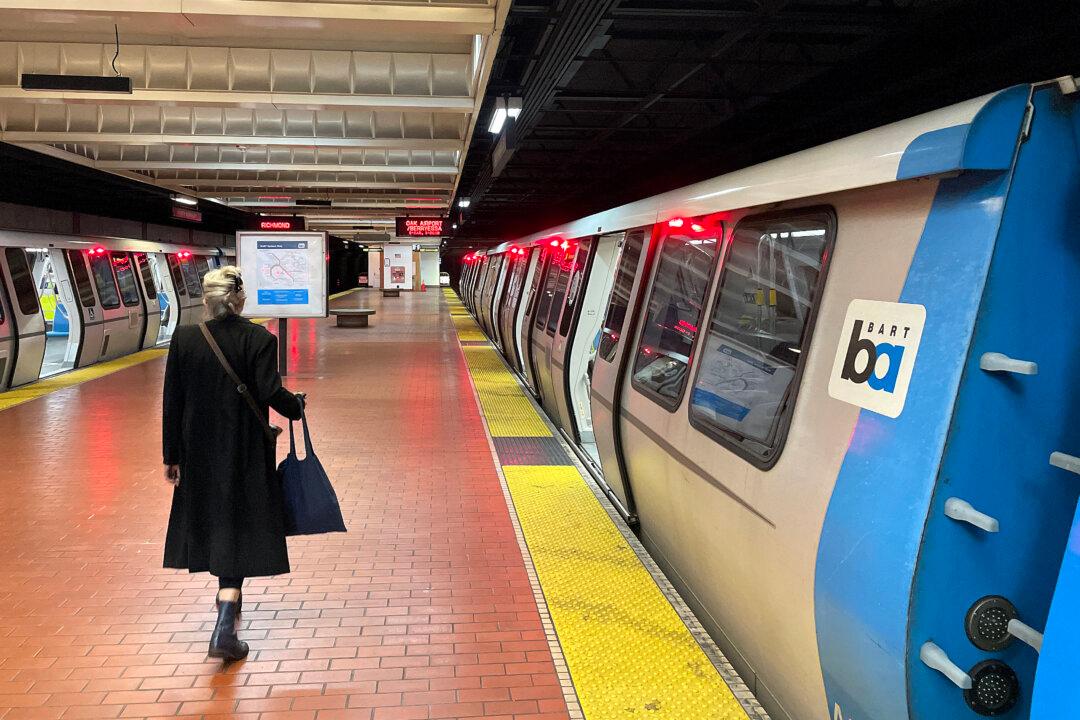Budget documents presented at the Bay Area Rapid Transit—better known as BART—agency’s Dec. 7 board meeting revealed significant operating deficits and fees collected from users accounting for far less than money the agency receives from taxpayers.
Revenue from riders covers 10 percent of costs, according to calculations introduced by BART Director Debora Allen during the meeting.





